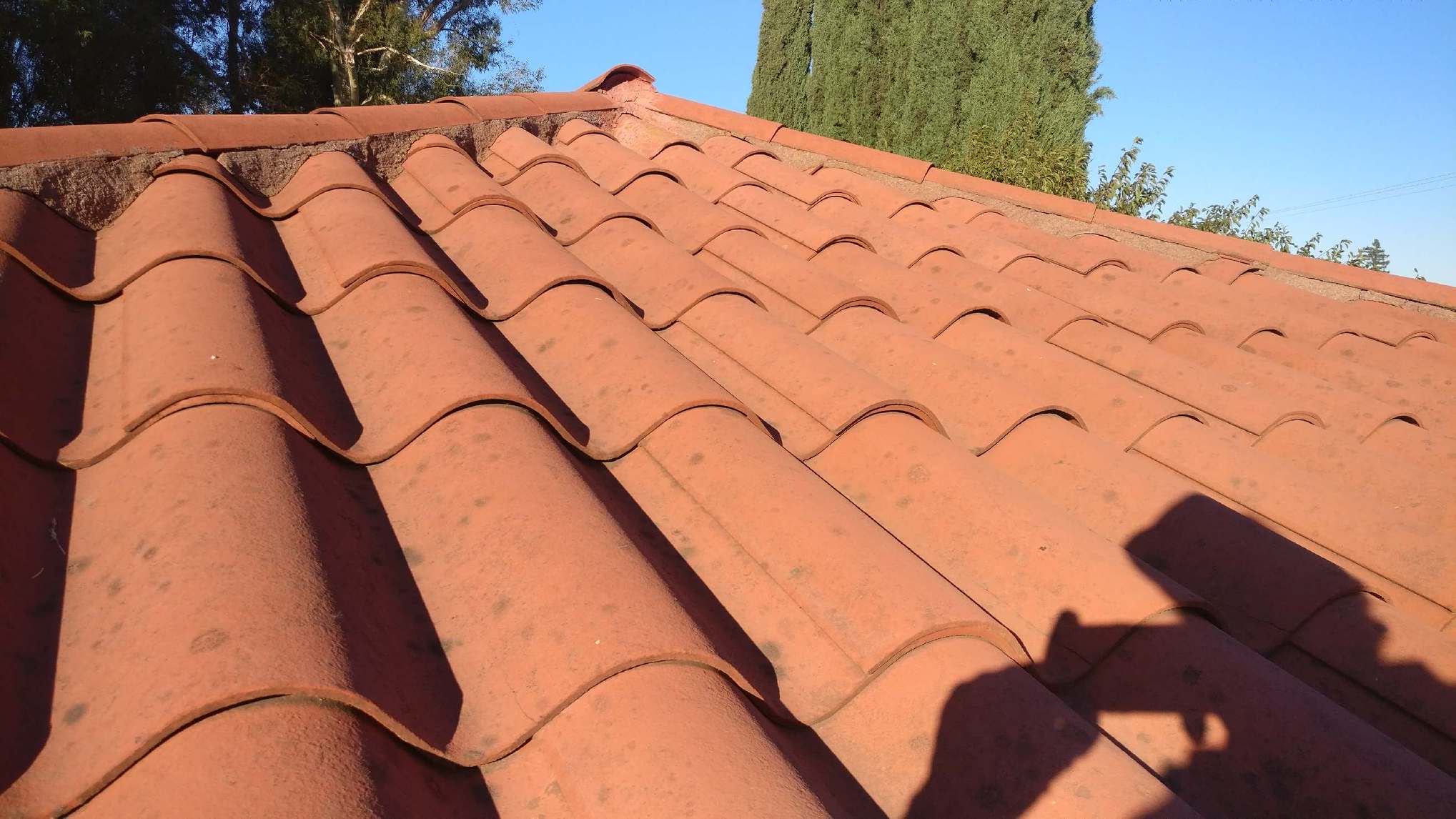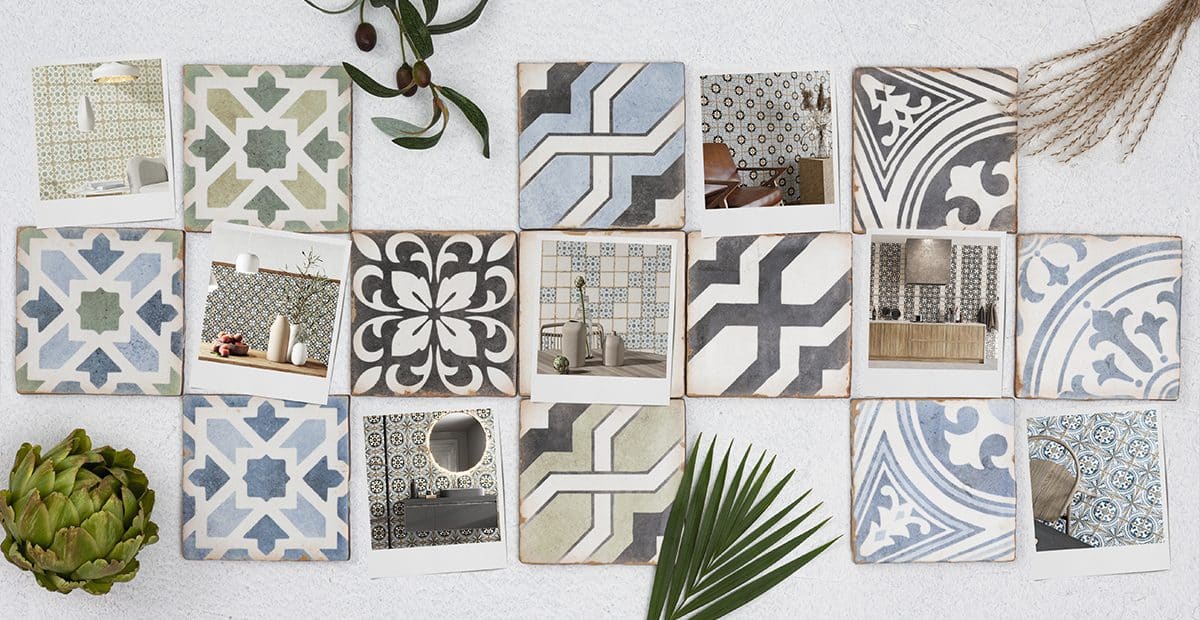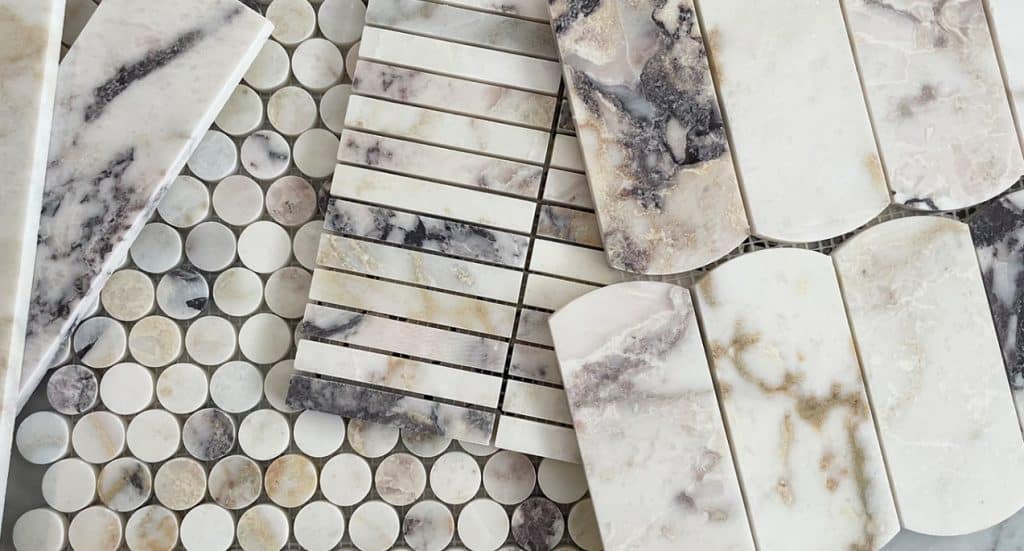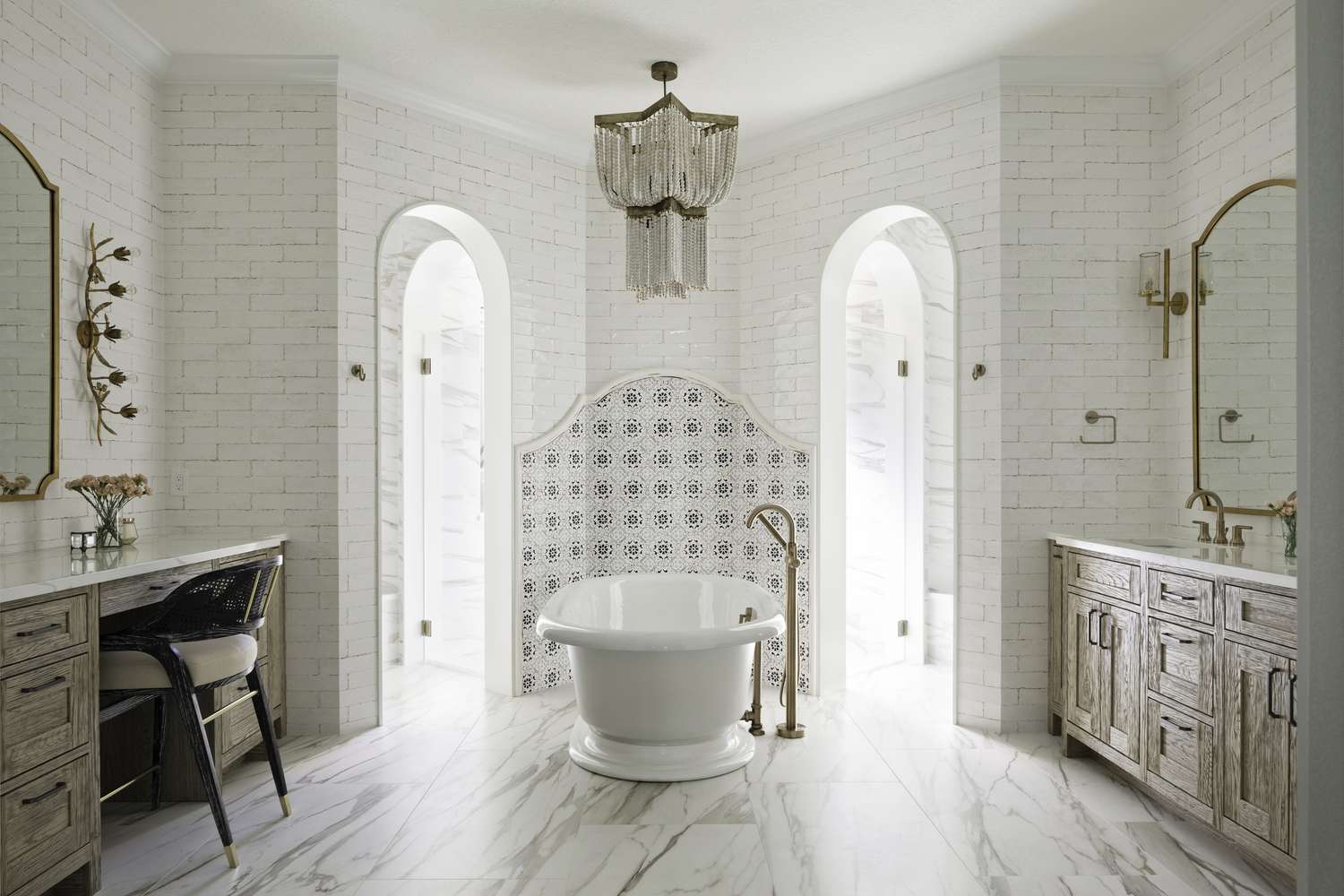Tips for a Seamless Tile Roof Replacement Experience
Tile roofing, with its undeniable aesthetic appeal and robustness, is a favorite for many homeowners and businesses alike. However, like all roofing systems, there comes a time when replacement becomes inevitable, either due to the natural wear and tear or unexpected damages. A Tile Roof Replacement can be a substantial project, but with the right preparation and knowledge, it can be a smooth process. Here are some essential tips to guide you through a successful tile roof replacement.
Assess the Need for Replacement
Before diving into the replacement process, it’s crucial to ascertain that a replacement is indeed required.
Signs to Watch For:
- Cracked or Broken Tiles: A few damaged tiles can be easily replaced. But if a significant portion is showing wear, it might be time for a complete overhaul.
- Persistent Leaks: If your roof consistently leaks after rain, despite repairs, it may be indicative of a deeper, widespread issue.
- Roof Age: If your tile roof has served you for decades, approaching or surpassing its expected lifespan, considering replacement might be wise.
Choose the Right Type of Tile
Selecting the perfect tile for your roof is a critical decision that affects both the functionality and aesthetics of your property. The choice you make will determine the longevity, appearance, and maintenance needs of your roof for decades. This is why understanding the various tile options available is paramount for your Tile Roof Replacement. Let’s delve deeper into the primary tile types and what to consider when choosing between them.
1. Clay Tiles
Description: Made from natural clay which is shaped and then fired in a kiln until it hardens.
Benefits:
- Longevity: Known for exceptional durability, clay tiles can last anywhere from 50 to 100 years, or even longer with proper maintenance.
- Aesthetic Appeal: They offer a timeless, classic look, often found in Mediterranean or Spanish-style architecture.
- Fire Resistant: Clay tiles are naturally fire-resistant, making them an excellent choice for areas prone to wildfires.
- Energy Efficient: Their heavy thermal mass can help regulate indoor temperatures, keeping interiors cooler in summer and warmer in winter.
Considerations:
- Weight: They are heavier than many other roofing materials, which means your building’s structure needs to be strong enough to support them.
- Cost: Clay tiles are generally more expensive than some other roofing materials, though many homeowners find the investment worthwhile given the tiles’ longevity.
2. Concrete Tiles
Description: Manufactured from a mixture of cement, sand, and water, these tiles are shaped under high pressure and often finished to resemble other tile types.
Benefits:
- Versatility: Available in a vast array of colors and styles, some even mimic the appearance of wood shakes, slate, or clay tiles.
- Durability: While they might not last as long as clay tiles, they’re still incredibly robust, often serving homeowners for 40 to 75 years.
- Cost-Effective: Generally more affordable than clay or slate, making them a popular choice for those seeking durability on a budget.
Considerations:
- Weight: Like clay tiles, concrete tiles are also relatively heavy, necessitating a sturdy roofing structure.
- Color Longevity: Some lower-quality concrete tiles may fade over time, especially in areas with intense sunlight.
3. Slate Tiles
Description: Made from natural slate stone, these tiles provide a distinct and elegant appearance that is hard to replicate.
Benefits:
- Long Lifespan: Known for its extreme longevity, a slate roof can often last well over a century with proper maintenance.
- Unique Appearance: Slate tiles offer a natural, elegant aesthetic, with each tile featuring unique variations.
- Eco-friendly: Being a natural material, slate has minimal environmental impact both in its extraction and production.
Considerations:
- Expert Installation: Slate tiles require specialized installation techniques, demanding an experienced hand for proper fitting.
- Cost: Among the more expensive roofing options, the initial investment for slate can be considerable.
- Weight: Slate is heavy, often requiring additional structural support.
When deciding on the right tile for your Tile Roof Replacement, consider factors like your budget, the architectural style of your property, local climate, and your roof’s structural capabilities. While the initial costs for some tile types may be higher, remember to factor in long-term
Clay Tiles: Traditional and long-lasting, they offer a classic appearance.
Concrete Tiles: Durable and versatile in design, they can mimic other tile types.
Slate Tiles: Natural and elegant, they are known for extreme longevity.
Prepare for the Replacement Process
A bit of preparation can make the actual replacement day(s) go smoothly.
- Protect Your Property: Tile replacements can get messy. Ensure your belongings, especially those in the attic, are protected from dust and debris.
- Notify Your Neighbors: The noise and activity might affect your neighbors. A courtesy heads-up can foster goodwill.
- Plan for Weather: Check the weather forecast. Dry days are best for roof work, ensuring safety and preventing water damage.
Conclusion
A Tile Roof Replacement is a significant project, but it doesn’t have to be a daunting one. With proper planning, the right materials, and an understanding of the process, you can ensure your new roof serves you well for decades to come. Whether you’re making the shift due to necessity or aesthetic desires, the above tips will guide you towards a successful and satisfying roofing experience.







